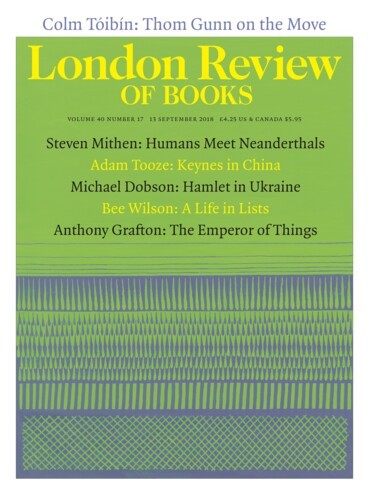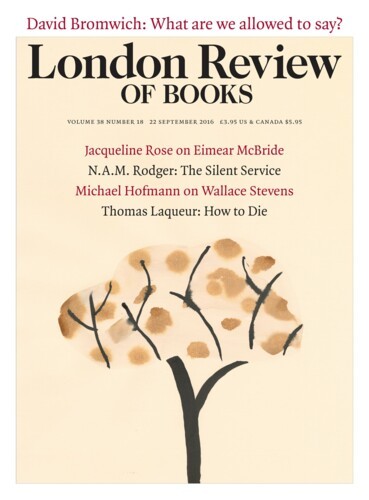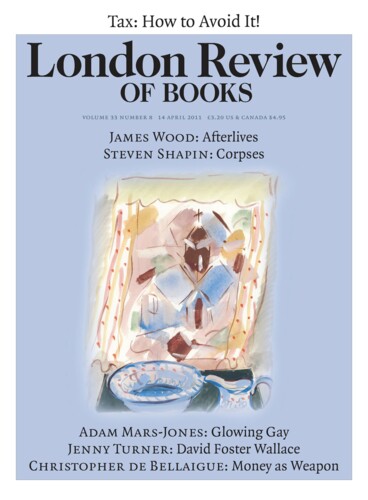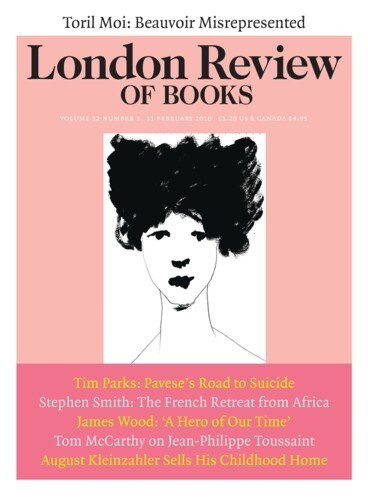A Most Consistent Man: Renoir
Barry Schwabsky, 13 September 2018
The retort was cutting. Albert C. Barnes, the Philadelphia art collector who by the time of his death in 1951 owned 181 paintings by Auguste Renoir, was trying to one-up Duncan Phillips, who had recently spent the then considerable sum of $125,000 on Luncheon of the Boating Party – widely considered one of Renoir’s greatest works (and still the highlight of the Phillips...





